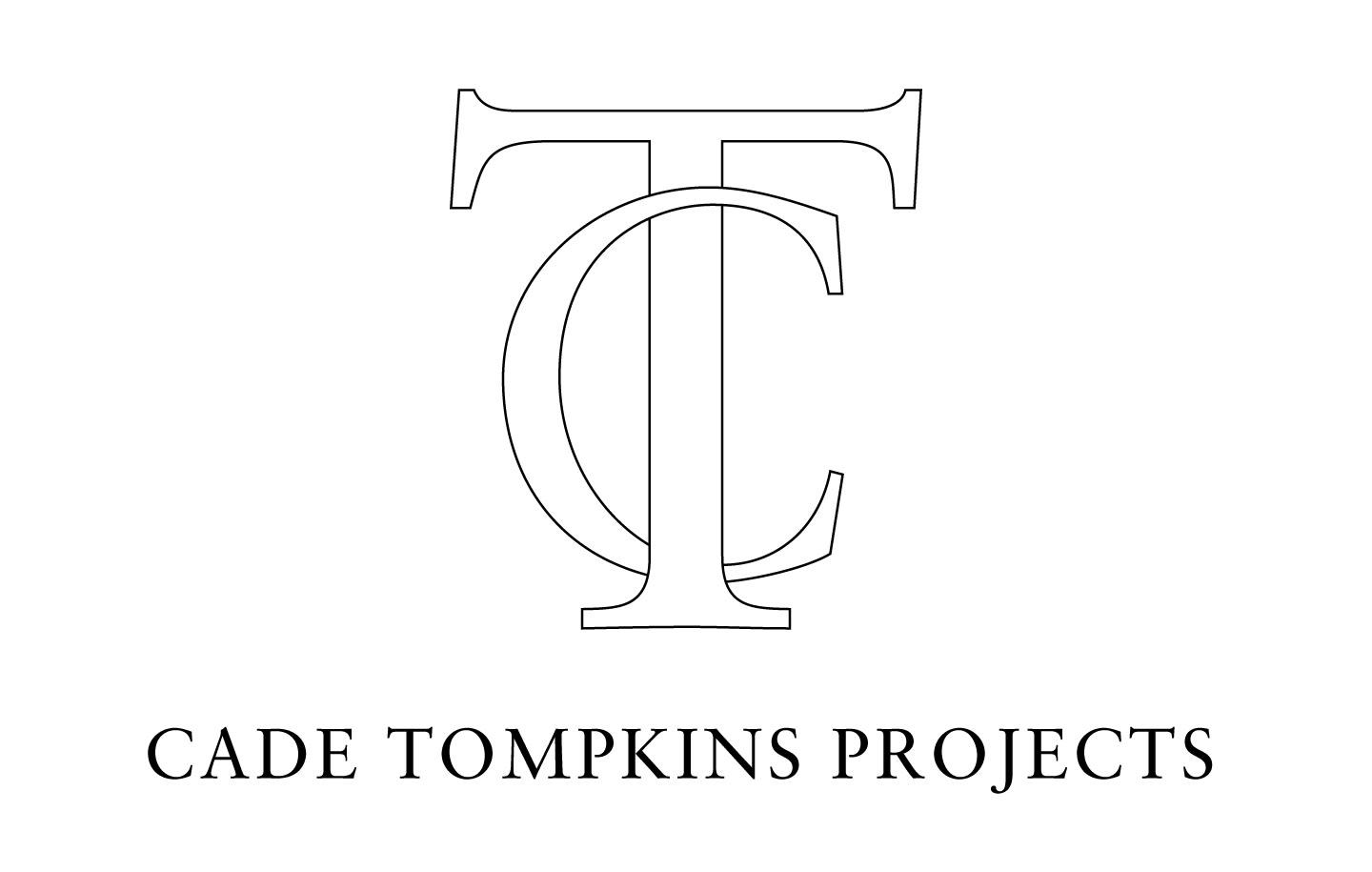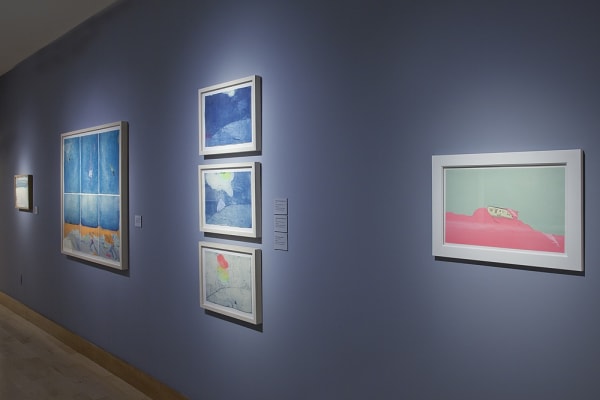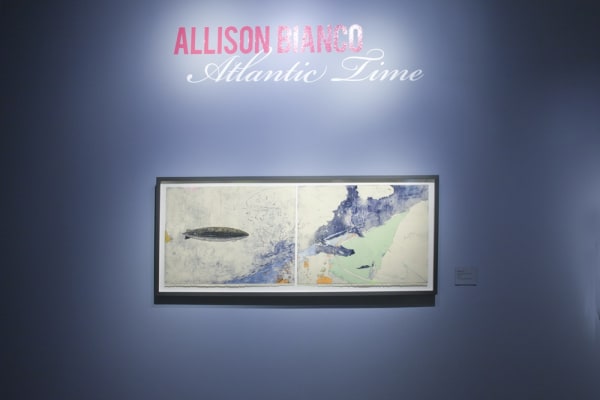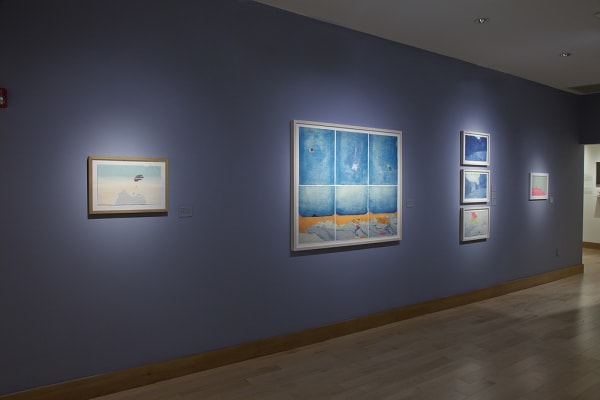Allison Bianco: Atlantic Time will be on view at the Wheaton College Weil Gallery through February 22, 2016. Allison will give an artist talk on Monday, February 13 at 5pm. Wheaton College published an artist catalog with forward by Gallery Director, Michele L'Heureux and essay by Britany Salsbury.
Essay excerpt:
...Bianco's work is defined by her aptitude for translation using printmaking. Given their scale and small edition sizes, many of her prints might have more immediately been realized using an autographic medium such as drawing or painting. Bianco has consistently favored experimentation in printmaking, however, producing works that are formally and technically innovative. She often juxtaposes intaglio with screen printing, combining her academic training as a printmaker and her experiences working in a commercial screen printing shop after graduating from college. Bianco embraces the element of chance characteristic of these processes, highlighting rather than effacing what might initially seem a mistake-such as the linear markings at far right in The Sinking of Matunuck, which unintentionally appeared while preparing her printing plate. In such works, there is a clear and poignant correspondence between the personal struggle of recreating a remembered place and the indirect process of deciphering an imagined image at a degree of remove.
Most recently, Bianco has extended this interest in technical experimentation by working with new processes and in an expanded scale. Pouring on Jamestown (2016) features the Rhode Island landscape from a distance, defined by its historic architecture. Remnants of a time past, the buildings are dwarfed by the churning blue sea that fills most of the print and becomes threatening in its scale. Its size required the use of an unusually large sheet of roofing copper and a monumental, ten-foot press owned by AS220 Community Printshop in Providence, Rhode Island.
A similar technical departure from Bianco's earlier work, The Old Jamestown Bridge (2016) features the same local landscape, shifted to focus on the demolition of a connecting bridge the decade before. While these details are rendered in traditional etching, the bright rainbow of clouds that rises from the destroyed bridge is overlaid using mokuhanga, a traditional Japanese style of woodblock printing using water-based ink. The resulting transparency allows for an intense gradation, with tones becoming more saturated and violent as the clouds rise. Bianco's innovative exploration in these recent works suggests her poignant view of printmaking as an analogue for personal experience, embracing chance and unpredictability to translate the contrasting warmth and frustration of nostalgia.







